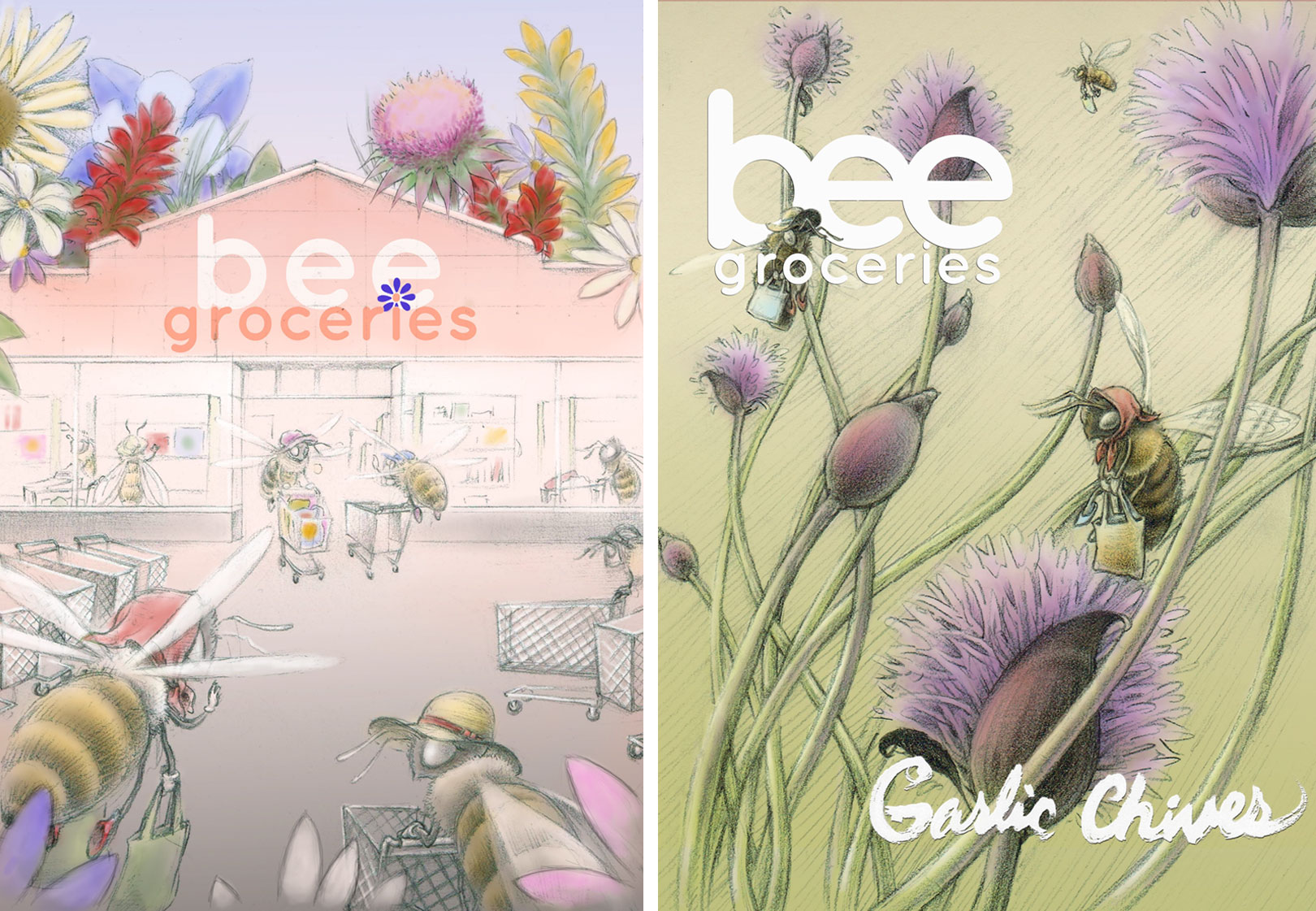The Local newsletter is your free, daily guide to life in Colorado. For locals, by locals.
Imagine a leisurely weekend breakfast: You sip a cappuccino in between bites of avocado toast; there are ripe strawberries and fresh-squeezed orange juice. You’re lactose intolerant and gluten-free? Sure, no problem—make that capp with coconut milk, with a side of almond flour toast.
All of these ingredients—from coffee beans to coconuts—exist because of honeybees. According to the Natural Resources Defense Council, “at least 30 percent of the world’s crops (including those used for animal fodder) and 90 percent of our wild plants” are aided by cross-pollination. Bees and other pollinators—like butterflies, beetles, birds, and bats—are critical for maintaining biodiversity amongst plant species. Distressingly, the global bee population (both commercial and wild) has been declining for over a decade; researchers now attribute it to factors that include habitat loss, pathogens, as well as pesticide and herbicide use.

Fortunately, there are easy ways to boost the local bee population, even if you’re an apartment dweller. Carbondale contractor and honeybee educator/advocate Bob Bailey just released Bee Groceries, packets of organic seeds sourced from late-blooming beneficial flowers (borage, garlic chive, or sunflower). By planting them, you’ll provide a source of protein for bees during the winter months.
A contractor by trade, Bailey rescues and relocates swarms of feral bees that have established themselves in places like house eaves and hollow tree trunks (swarming naturally occurs when a healthy colony has outgrown its hive; feral bees are descendants of domesticated species that live in the wild). Feral bees are adapted to their environment and thus better able to withstand issues like cold, altitude, and a limited food supply. When the drones (males) cross with non-native queens in the hive, it increases the hardiness and genetic diversity of the colony.
Bee Groceries are Bailey’s way of giving back to his favorite creatures. “They do so much for us,” he says. Each packet features (adorable!) artwork from local artist David Eldred. You can find them at Carbondale’s Mana Foods or email Bailey at 1honebeerescue@gmail.com to order direct; he also builds custom top-bar-style beehives.
Bailey’s tips for keeping your backyard (or window box) buzzing:
- If a swarm has set up housekeeping on your property and you’re not in Bailey’s region, the Boulder County Beekeepers’ Association has hotlines in various Front Range communities. Denver’s Rocky Mountain Bee Rescue removes swarms and introduces them to “sanctuaries” throughout the region.
- Interested in having your own hives? Many beekeepers and urban agriculture organizations offer workshops on beekeeping; The Butterfly Pavilion also runs a year-round Beekeeping Bootcamp. (Read more about the Butterfly Pavilion’s efforts to help the honeybees.)
- Allow some dandelions, milkweed, or thistles to grow on your property for bees to feed on; pull them right before they bolt.
- Bailey suggests growing other “bee groceries” like catmint, lavender, borage, globe thistle, goldenrod, bee balm, chives, lemon balm, horsemint, sedums, anise hyssop, and Joe Pye weed. Bonus: These are all attractive, aromatic plants, some of which are edible.
- Don’t have a backyard? Use containers or window boxes to grow beneficial plants and flowers.
- If you purchase plant starts, be sure they’re grown without chemical fertilizers, herbicides, or pesticides.








